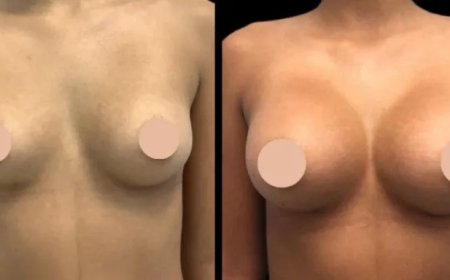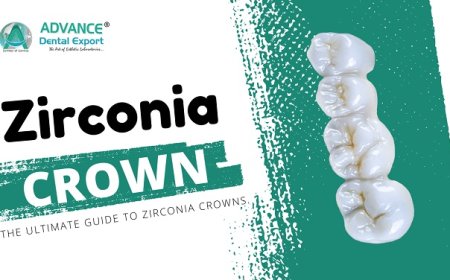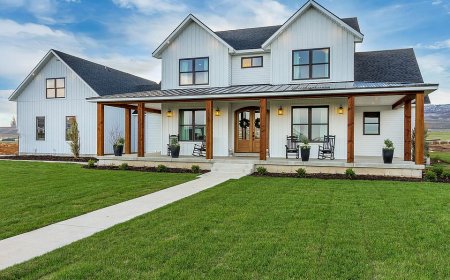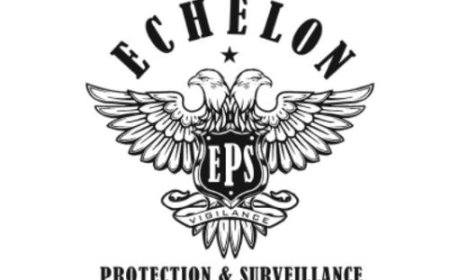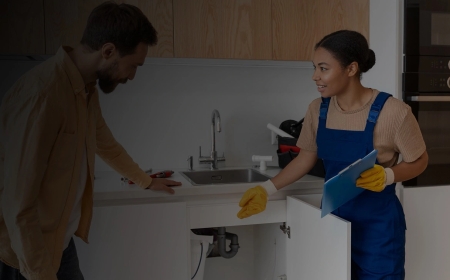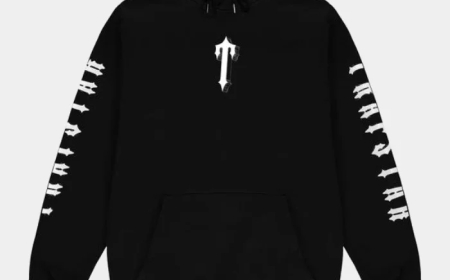How Next-Gen Anti-Graffiti Solutions Are Protecting City Hoardings
Protect site hoarding panels from vandalism using next-gen coatings and aluminium composite board for long-lasting, low-maintenance results.

In todays growing cities, construction site hoardings are key to maintaining safety and appearance. However, these panels often become targets for unwanted graffiti, which can harm a site's image and reduce property value. While some graffiti may be artistic, most is unwanted vandalism. To combat this, developers are turning to next-generation anti-graffiti solutions. By using durable materials like aluminium composite board combined with advanced protective coatings, hoardings remain clean and professional-looking. These modern systems not only deter graffiti but also make surfaces easier to clean, ensuring hoardings remain visually appealing and sustainable throughout the project's life.
The Urban Graffiti Problem
Graffiti in public spaces has become a widespread problem across cities in the UK. For many construction and development companies, dealing with recurring graffiti onsite hoarding panelscan be both frustrating and costly. Cleaning and repainting not only require extra time and money but also distract from the project's branding and intended public message.
According to estimates by Keep Britain Tidy, the UK spends millions each year cleaning graffiti from public and private property. Construction hoardings, in particular, are frequent targets due to their high visibility and temporary nature. For developers, architects, and contractors, maintaining clean hoarding panels is vital not only for compliance but for projecting a professional image to the public and stakeholders.

Traditional vs. Next-Gen Anti-Graffiti Approaches
Historically, the response to graffiti involved reactive measures, such as power washing or repainting the defaced surfaces. In some cases, temporary protective films were applied to the panels. However, these approaches often offered limited protection, wore off quickly, and were not cost-effective in the long term.
Next-generation anti-graffiti solutions offer a smarter alternative. These new methods include:
- Nanotechnology coatingscreate an invisible barrier, making it difficult for paint or ink to adhere.
- Sacrificial coatingsthat can be washed away along with the graffiti, then reapplied with ease.
- Permanent anti-graffiti coatingsthat resist tagging and allow quick cleaning using simple solvents or wipes.
- UV-cured finishesthat harden on contact and provide a resilient, non-stick surface.
These innovative coatings not only prevent graffiti from setting into the material but also make it easier and more affordable to remove when it does occur.
Role of Materials: Why Aluminium Composite Boards Lead the Way
While coatings play a major role, the choice of material is equally important. Aluminium composite board (ACB) has become the go-to solution for creating graffiti-resistant hoarding panels. This lightweight, rigid material consists of two aluminium sheets bonded to a solid core, offering excellent strength, durability, and a smooth surface ideal for printing and applying coatings.
Heres why aluminium composite board is a top choice for site hoarding panels:
- Smooth Finish:Ideal for high-resolution digital printing and allows for even coating applications.
- Weather-Resistant:Performs well in all weather conditions without warping, cracking, or fading.
- Low Maintenance:Easy to clean and retains a polished look over time.
- Durable:Resistant to impact and environmental wear, making it a long-lasting choice.
- Reusable & Recyclable:Offers sustainability benefits over single-use wooden or plastic hoardings.
When paired with modern anti-graffiti coatings,aluminium composite boardbecomes a powerful tool for long-term hoarding protection, ensuring branding and safety messages remain intact.
Designing Graffiti-Resistant Site Hoarding Panels
Its not just about what material you use, but how you design your hoarding panels. Forward-thinking design can add an extra layer of defence against graffiti.
- Opt for Gloss Finishes:Glossy surfaces are naturally more resistant to permanent markers and spray paint than matte ones.
- Protective Overlays:Applying laminated films or anti-graffiti vinyl on top of printed panels allows graffiti to be wiped off without damaging the artwork.
- Bold Graphics and Branding:Intricate, high-resolution designs make panels less appealing to vandals, who tend to avoid disrupting complex imagery.
- Modular Panel Systems:These allow easy replacement of individual sections, should graffiti occur, without replacing the entire hoarding.
Incorporating these design choices during the planning phase of site hoarding installation can reduce maintenance costs and ensure better protection throughout the projects lifecycle.
Sustainability & Cost-Effectiveness of Anti-Graffiti Solutions
Theres a growing emphasis on eco-conscious choices in construction, and anti-graffiti hoardings are no exception. Traditional methods often involve harsh cleaning chemicals or repainting, both of which can have environmental impacts.
Modern anti-graffiti coatings are often water-based or low in volatile organic compounds (VOCs), making them safer for the environment and those applying them. Using long-lasting materials like aluminium composite board also reduces the need for frequent replacements, cutting down on waste and cost.
Furthermore, by minimising damage and cleaning time, these solutions help avoid the indirect costs of site downtime, labour, and repeated material use. For developers operating on tight deadlines and budgets, this level of efficiency can make a meaningful difference.
Examples / Case Studies
Across the UK, next-gen anti-graffiti solutions are already proving their value. In major city centres like London, Manchester, and Birmingham, commercial hoardings on retail redevelopments, transport hubs, and luxury flats are increasingly protected with coated aluminium composite boards.
For example, a multi-million-pound office redevelopment in central Manchester saw its site hoarding panels repeatedly targeted during the initial months of construction. Once anti-graffiti laminated ACBs were installed, maintenance requirements dropped dramatically, and the branded hoardings stayed clean and visually striking throughout the year-long project.
Several local councils have also updated their regulations to encourage or mandate the use of graffiti-resistant hoardings, particularly in conservation areas or zones with high footfall.

Future Trends in Anti-Graffiti for Construction & Public Spaces
The future of graffiti-resistant construction hoardings is looking brightdriven by technology and growing demand for smarter urban planning.
Emerging innovations include:
- Self-cleaning coatingsthat use sunlight to break down organic materials like paint.
- Smart sensorsthat detect vandalism attempts and send real-time alerts.
- Augmented reality integration, allowing passers-by to engage with hoardings without physically marking them.
We can also expect to see the wider adoption of digitally printed site hoarding panels with protective finishes, combining aesthetics, interactivity, and resilience in a single solution.
Conclusion
In todays cities, where space is limited and attention is valuable, protecting site hoarding panels is both a practical necessity and a branding opportunity. Next-generation anti-graffiti coatings, when combined with durable materials like aluminium composite board, offer a powerful defence against vandalism while enhancing the overall appearance and longevity of construction hoardings.
Whether its a small renovation or a large-scale development, investing in these solutions helps maintain a cleaner city, a stronger public image, and a more sustainable approach to temporary signage.
For expertly designed and graffiti-resistant hoardings, Hoarding Print Company delivers tailored solutions using premium materials like aluminium composite board, built to protect and impress.





